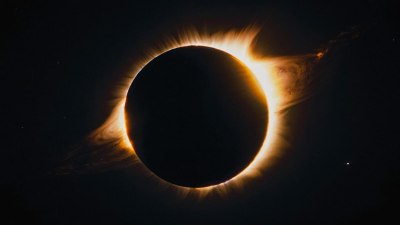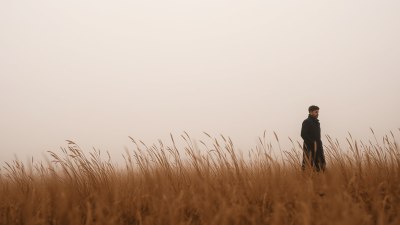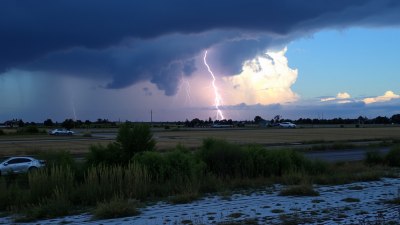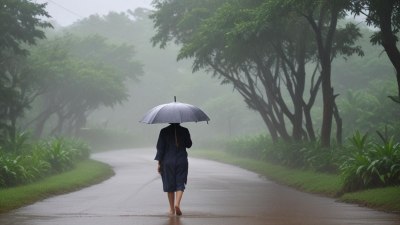How Social Events and Parties Feel Different Depending on Daylight Hours
Explore how daylight affects the mood and experience of social events and parties.
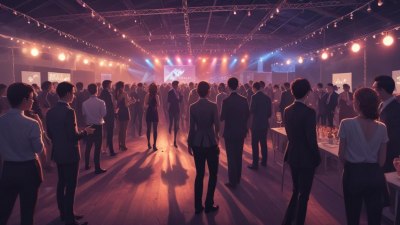
This image was created with the assistance of Freepik
Social events and parties are often pivotal moments in our lives, providing opportunities for connection, celebration, and joy. However, the time of day at which these gatherings occur can significantly alter their ambiance, energy, and participants’ experiences. Understanding how social events evolve with the changing daylight hours enhances our appreciation of these moments. This article delves into the psychological and environmental influences of daylight on social gatherings, discussing how morning, afternoon, evening, and nighttime events differ in mood, energy, and social dynamics.
Morning Events
Morning events, such as brunches, business meetings, or early celebrations, have an inherent freshness and vitality associated with the start of a new day. The early sunlight is softer and often elicits a sense of optimism among attendees. This natural light can create a warm and inviting setting, fostering a relaxed atmosphere conducive to conversation and connection. The energy levels during these events may vary significantly; while some may feel energized by the morning sun, others might still be recovering from the previous night, which could impact social interactions. Morning events tend to encourage lighter fare, focusing on breakfast foods and beverages like coffee or juice, which can contribute to a more refreshing and casual feel.
Afternoon Gatherings
As the day progresses into the afternoon, social events may shift in tone and energy. The sun is at its peak, casting a vibrant light that can invigorate attendees. Afternoon socials, be they picnics, garden parties, or casual get-togethers, often take advantage of the extended daylight hours, allowing participants to enjoy outdoor settings. The ambiance of an afternoon gathering is often lively and energetic, marked by laughter and animated discussions. The warmth of the sun enhances this atmosphere, promoting a sense of joy and freedom. Moreover, the availability of seasonal foods and refreshing beverages makes afternoon events particularly enjoyable. Outdoor activities such as games, music, or dance can often be incorporated, further enhancing the experience.
Evening Events
Evening events often bring a transformative shift in ambiance as daylight fades. The transition from day to night can evoke feelings of intimacy and relaxation. As the sun sets, the dimming light creates a cozy atmosphere, making gatherings feel more personal and inviting. Whether it’s a dinner party, a wedding, or a cocktail event, the dusk hours can enhance social interactions, fostering deeper conversations as individuals tend to feel more at ease. The use of indoor lighting—candles, fairy lights, and warm tones—amplifies the cozy vibe, making it ideal for romance or meaningful connections. Evening gatherings also shift the focus on food and drink offerings, often featuring more robust meals and cocktails, enriching the culinary experience.
Nighttime Celebrations
Nighttime celebrations, such as parties and nightlife events, evoke an exhilarating sense of adventure and freedom. The nighttime environment is often characterized by vibrant social energy, with the darkness allowing for a plethora of lighting options including strobe lights, LED displays, and projectors, creating a club or festive atmosphere. Night parties tend to attract a different demographic, often filled with younger attendees eager for dynamic entertainment, dancing, and social interaction. The psychological effect of darkness can also liberate participants, encouraging them to express themselves more freely and engage in lively discussions. Nighttime events typically extend late into the night, contributing to a celebration of life and togetherness.
Seasonal Considerations
The season can also have a profound impact on how daylight affects social events. In summer, longer daylight hours can extend social gatherings, inviting outdoor experiences like barbecues, beach parties, and festivals that capitalize on warm weather. Conversely, winter’s shorter days often lead to a more subdued group atmosphere, creating an intimate feeling during gatherings. However, winter also provides an opportunity for vibrant holiday celebrations where lighting becomes crucial. The contrast of dark winter nights brightened by festive lights creates an enchanting environment that enhances holiday spirit.
The Influence of Cultural Context
Different cultures have unique interpretations of social gatherings at various times of the day influenced by traditional practices. For instance, some cultures celebrate the evening with elaborate dinners, while others might prefer informal gatherings during the day, showcasing how cultural norms impact the energy and nature of social interactions. Additionally, the use of rituals and festivities that align with cultural calendars can change the significance of gatherings, influencing how daylight hours are utilized in social contexts.
Individual and Group Dynamics
The personality traits of attendees can also influence how daylight impacts social events. For example, extroverts may thrive in bright, open settings, while introverts might prefer the intimacy of evening affairs. Group dynamics also shift with daylight, affecting conversation styles, engagement, and how participants connect with one another. An understanding of these individual differences can enhance planning and participation in events.
Food, Drink, and Cuisine
The time of day impacts food and beverage offerings, establishing expectations for the type of fare served at social events. Morning events usually feature lighter meals, often centered around pastries, fruits, and coffee. Afternoon gatherings may have more indulgent offerings like cocktails and snack platters. Evening events set the stage for culinary experiences that are more complex, including expansive dinners and elegant wine selections. Nighttime events, particularly parties, focus on innovative cocktails and snacks conducive to mingling and dancing. Understanding these varying preferences based on daylight helps in planning that caters to the mood of the gathering.
Wrap-Up: Embracing the Daylight Dynamic
In summary, the experience of social events and parties changes dramatically depending on daylight hours. Morning events evoke optimism and freshness, while afternoons bring warmth and liveliness. Evening gatherings foster intimacy and deeper connections, and nighttime celebrations create an exhilarating atmosphere brimming with energy. Each phase of the day offers a unique backdrop that influences not just the ambiance but the emotional experience of attendees. To truly embrace the richness of social gatherings, it is vital to consider and adapt to the daylight dynamic, crafting events that resonate with the natural rhythm of the day. Whether planning an intimate brunch or a vibrant nighttime celebration, understanding these subtleties ensures memorable experiences for all involved.


